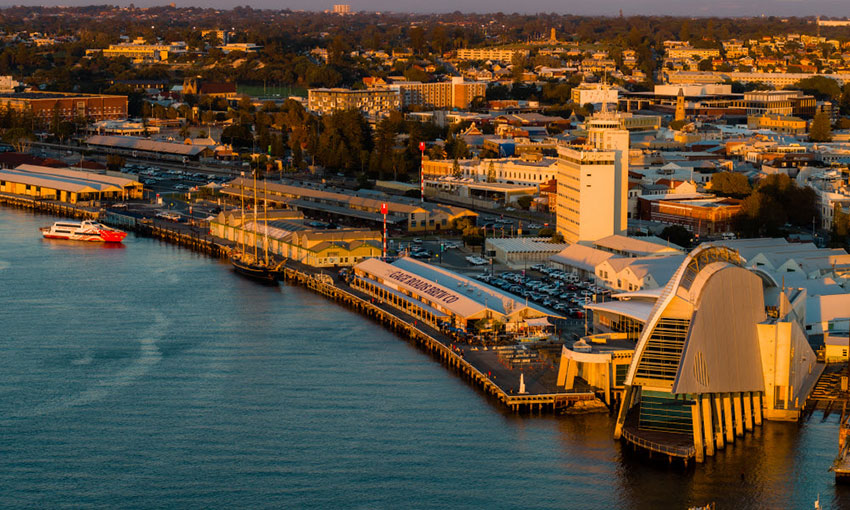A MAJOR solar array has been installed on the roof of Fremantle Ports’ passenger terminal to power Victoria Quay and port offices.
The Western Australian government said the solar array will be able to supply 100% of Fremantle Passenger Terminal’s power during cruise ship operations and 65% of the power at Fremantle Ports’ administration building.
The 500-kilowatt system comprises more than 1100 solar panels and cost $950,000 to install.
Ports minister Rita Saffioti said the initiative contributes to Fremantle Ports’ plan to reach net-zero scope 1 and 2 emissions by 2027, and to a sustainable port and supply chain in the long-term.
“This is a great example of how community assets, like the Fremantle Passenger Terminal, can play a role in climate action,” Ms Saffioti said.
“The passenger terminal is a very large building which made it ideal for installing 1100 solar panels, delivering one of the largest rooftop solar arrays in the metropolitan area.
“With this project, Fremantle Ports has demonstrated strong and sensible leadership at the local level in terms of cutting emissions.”
Ms Saffioti expects the system to generate around 836 megawatt-hours of electricity every year, equivalent to 2.5% of Fremantle Ports’ direct usage.
The system is expected to offset 15,000 tonnes of carbon dioxide over its expected 25-year lifespan, the estimated equivalent of planting 85,000 trees.
“It’s exciting to see the Fremantle Passenger Terminal make the sustainable switch to solar and take action to combat climate change,” climate action minister Reece Whitby said.
“Our government is investing significantly in renewable energy while supporting cutting-edge solutions to the climate crisis.
“Western Australia is embracing the solar revolution at a rapid rate and we will continue to focus on innovative ways to power our state.”
A glare analysis report was undertaken to confirm there would be no increase in the glare index for nearby residents in Fremantle or for passengers on visiting ships.
The government said the panels cannot be seen from the surrounding area, at ground level, and that the system is expandable to meet future needs, if required.

